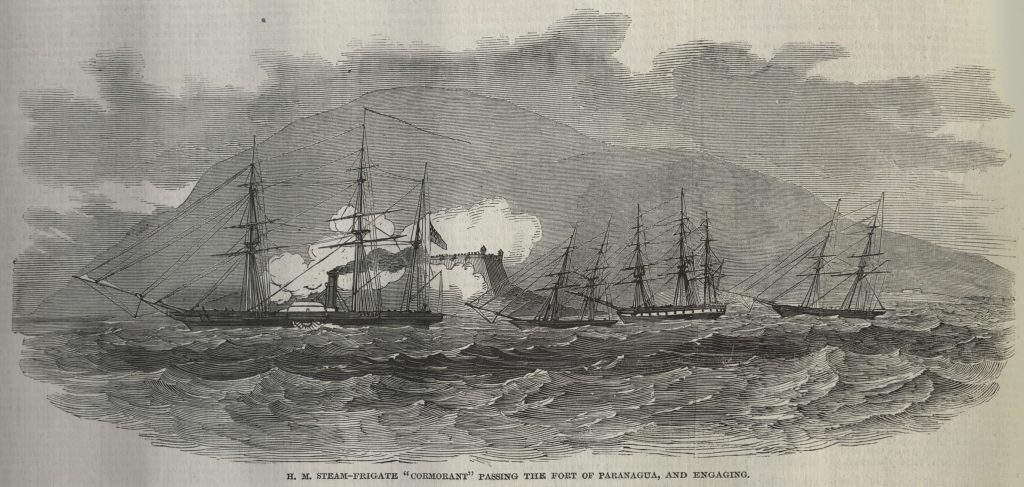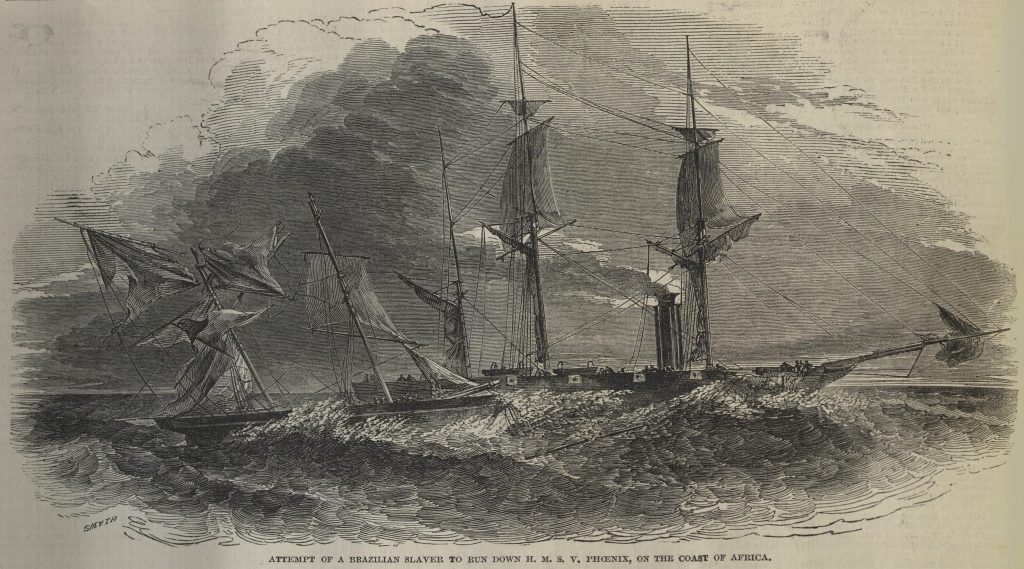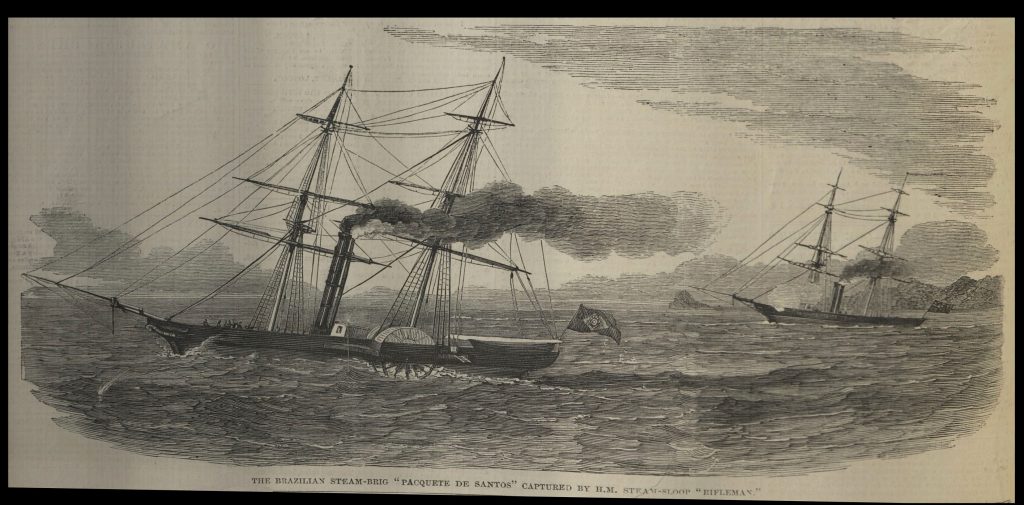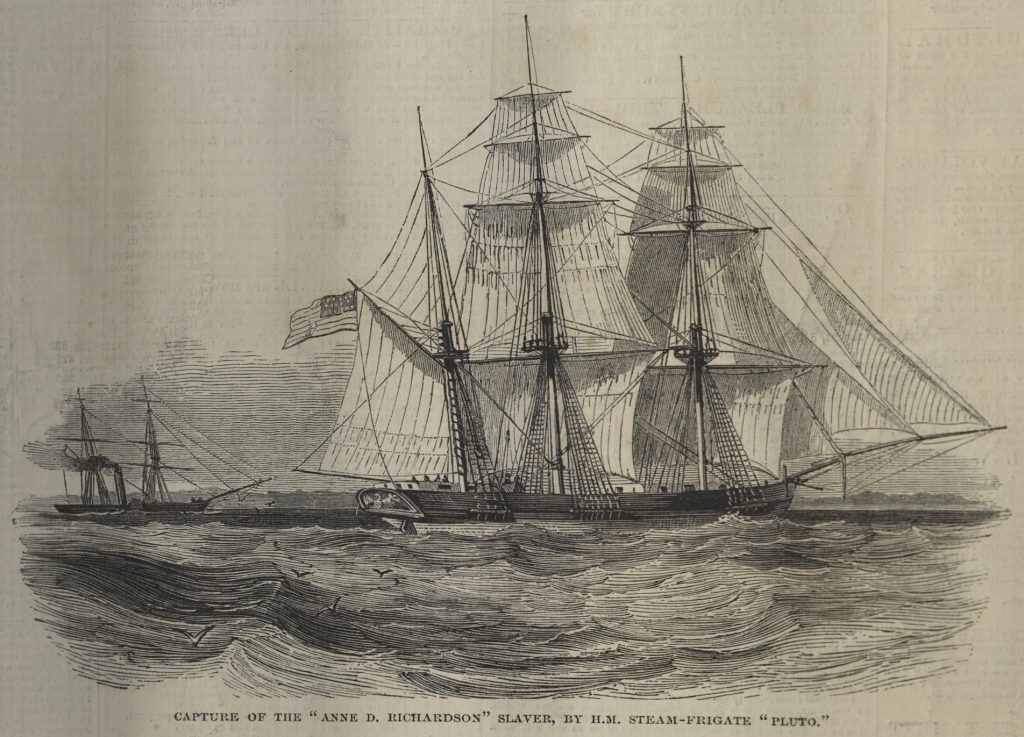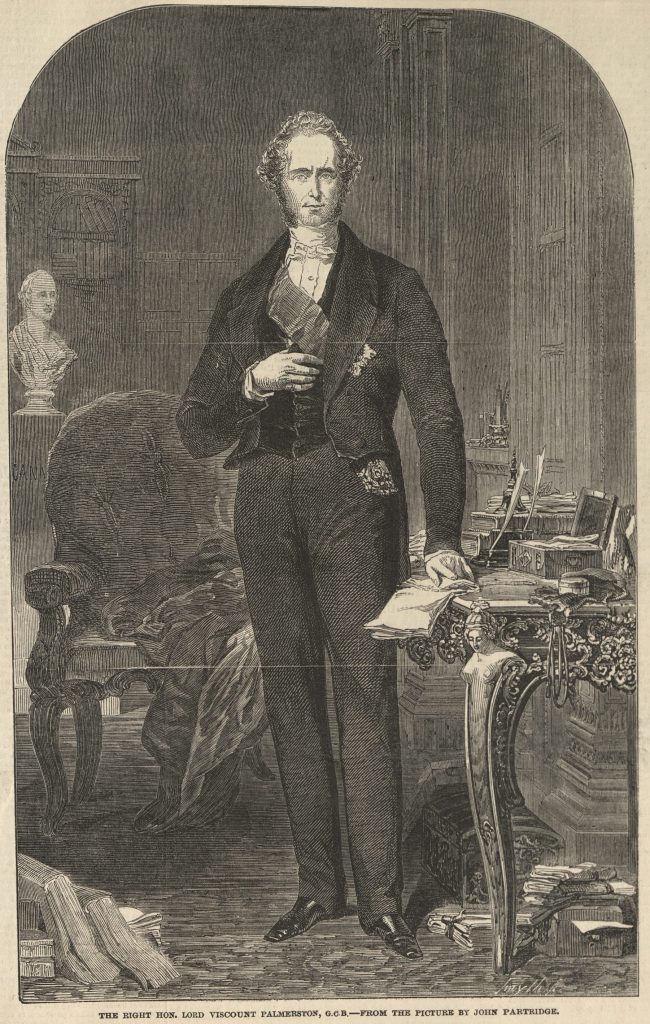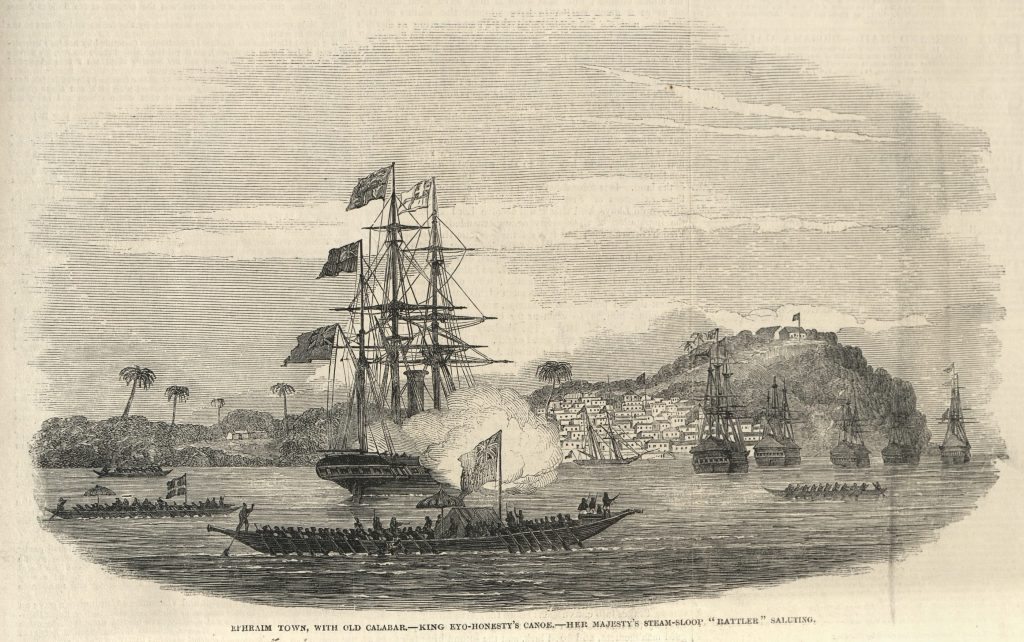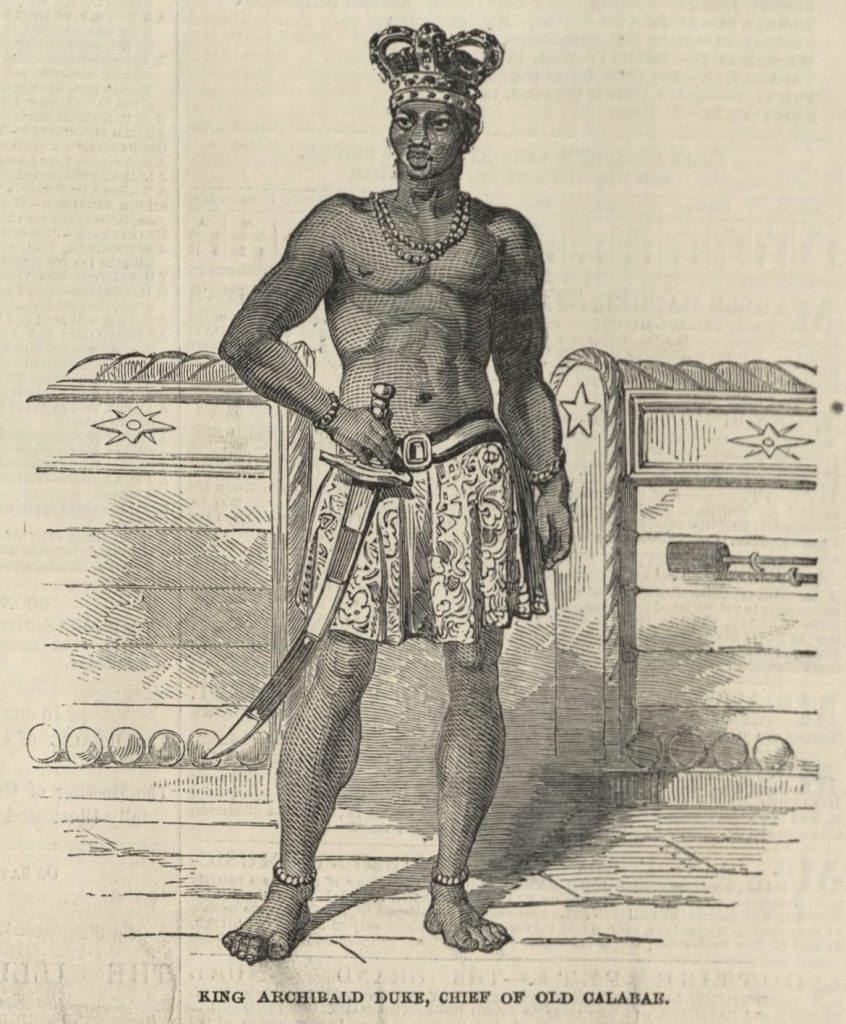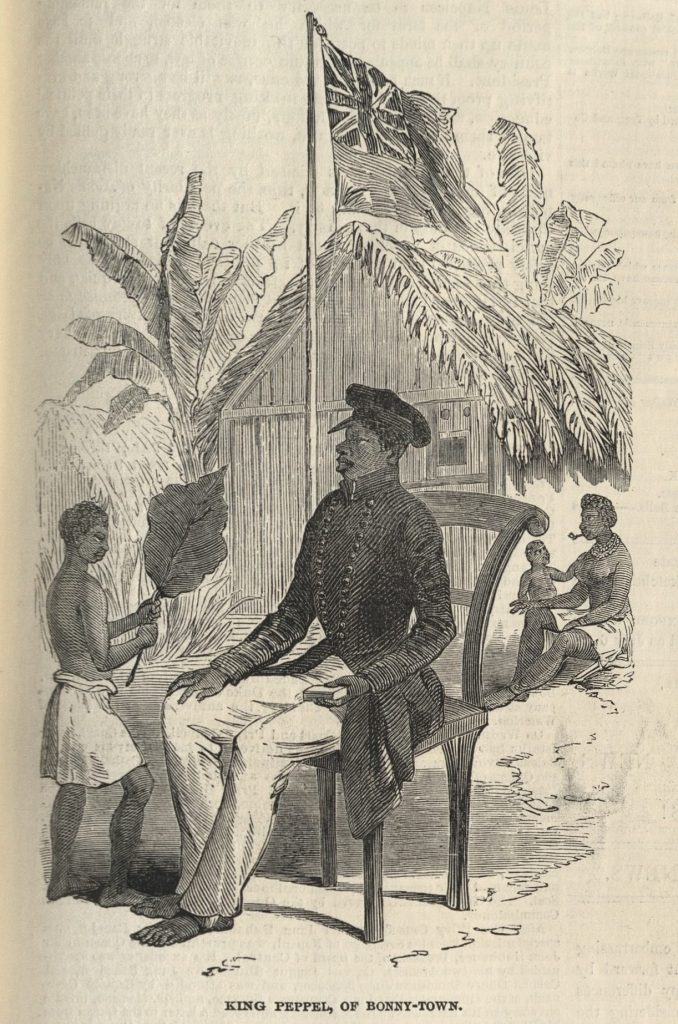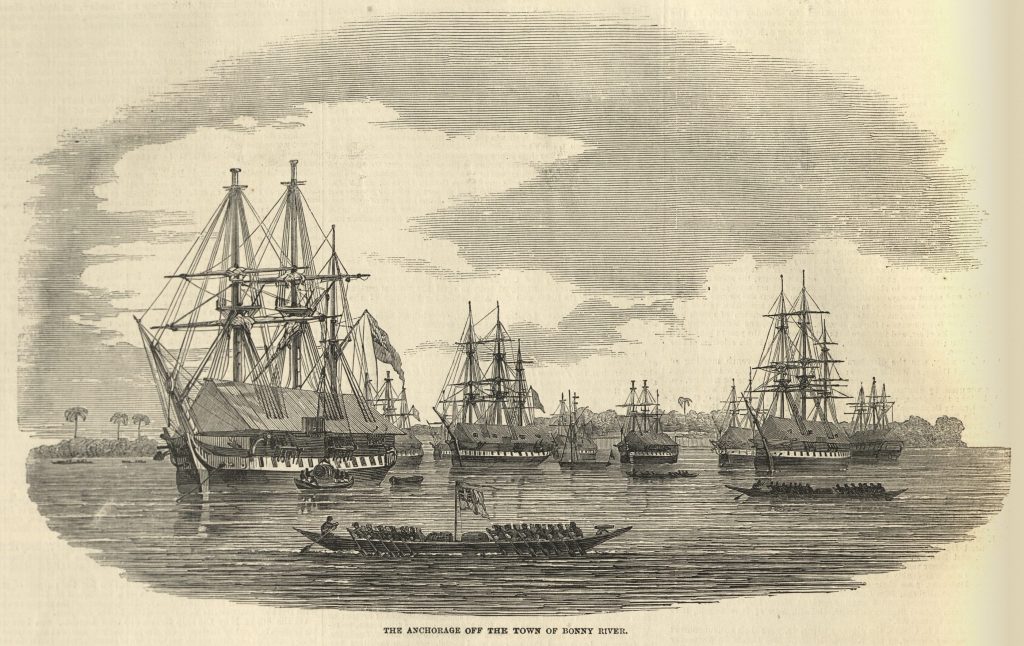British naval vessels chasing slavers in the high seas was a common feature in the suppression period. Sometimes, however, they overstepped their jurisdiction and invaded other nations’ waters. The image shows one such instance, where H.M.S. Cormorant invaded Brazilian waters in pursuit of slaves seeking harbor at the Port of Paranaguá. The Illustrated London News, […]
Read More
Encounters between slavers and British naval vessels were common in the Atlantic, but rarely did a slaver try to run down a man of war. The following illustration shows one of such encounter between a Brazilian slaver and H.M.S. Phoenix. The Illustrated London News, 24 August 1850. Courtesy of University of Missouri Libraries.
Read More
Brazil was the largest slave trading power in the first half of the nineteenth century. By that time, many Brazilian slavers had incorporated some of the latest naval technologies of the time, such as steam power. The image shows H.M.S. Rifleman in pursuit of the Brazilian steamer Paquete de Santos. The Illustrated London News, 6 […]
Read More
The presence of American ships in the slave trade increased significantly in the mid-nineteenth century. Not only did the American flag protected slavers from being intercepted by British naval ships, but several slavers from Portugal, Brazil, and other countries imported and used ships built in the United States in their activities. The image shows H.M.S. […]
Read More
Viscount Palmerston was one of the most important British politicians of the nineteenth centry. During much of the 1830s and 40s he was the Foreign Secretary in several Whig Gvernments. From 1859 until is death in 1865 he was Prime Minister. He played a critical role in formulating British policy for the suppression of the […]
Read More
Old Calabar was an important port of slave embarkation in the Bight of Benin, present-day Nigeria. The image shows the town of Ephraim, near Old Calabar, located in the background, with H.M.S. Rattler saluting King Eyo Honesty. The Illustrated London News, 22 June 1850. Courtesy of University of Missouri Libraries.
Read More
The suppression of the slave trade required not only the collaboration of governments in Europe or the Americas, but also in Africa. The image shows a picture of King Achibald Duke, Chief of Old Calabar, an important port of slave embarkation in the Bight of Biafra. The Illustrated London News, 22 June 1850. Courtesy of […]
Read More
The suppression of the slave trade required not only the collaboration of governments in Europe or the Americas, but also in Africa. The image shows a picture of King Peppel of Bonny Town, one of the largest ports of slave embakation on West Africa. The Illustrated London News, 22 June 1850. Courtesy of University of […]
Read More
Bonny River, near the delta of the Niger River in present-day Nigeria, was a major point of slave embarkation. No wonder British man of war would frequently visit the river. The following image shows the anchorage off the town of Bonny River, with British and othe ships laying on the harbor. The Illustrated London News, […]
Read More
Representations of slaves packed into vessels played an important role in illustrating the horrors of the middle passage, and the evils of the slave trade. The Illustrated London News, 26 August 1848. Courtesy of University of Missouri Libraries.
Read More

